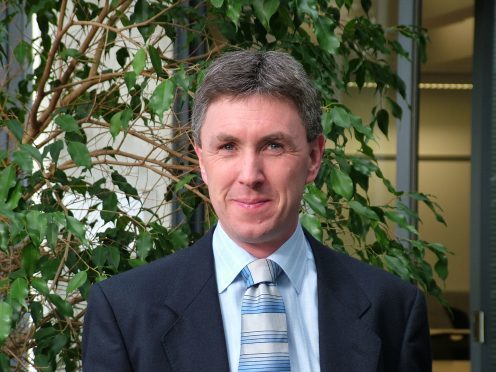To steal the punch line from that iconic advert for lager; Tourism, it refreshes parts of the economy other industries cannot reach.
Think of all the successful summer festivals in places like: Kinross, Beauly, the Borders, the winter skiing this year which has kept Braemar busy, and then the coaches of visitors in on the A9, even now distributing pounds, euros and dollars the length of that average speed camera controlled road.
In Scotland, 12.5 million domestic tourism trips were taken during 2014; with 41.6 million bed nights and expenditure of £2.9 billion in spend. These figures are similar to those seen in 2013, trips increased by 3%, while bed nights decreased by 3% and expenditure was unchanged.
Comparing 2014 as a whole to previous years, overall overnight domestic tourism within Scotland remained at similar levels to recent years, although somewhat below the peak of 2011. (Source: TNS 2015)
So, the challenge is on. Yes, Aberdeen and Aberdeenshire is looking to grow from a low base, but let’s be fair tourism is a £4.2 billion revenue industry, with 20,000 businesses employing 215,000 people or 8% of the Scottish workforce (Scottish Tourism Alliance, 2012). We want more, and need more, of these pounds, dollars, and euros being given to our businesses by happy visitors.
An old chestnut I know, but a series of changes in the structural responsibilities for tourism policy and planning at UK, Scottish, regional and a local level has led to both duplication and gaps in the roll-out, buy-in and implementation of tourism policy. This lack of integration is often given as the factor preventing the tourism sector from realising its full potential. This is in relation to both the economic growth and the development of synergies with other sectors.
This shouldn’t be the case. And it won’t be. Tourism in Aberdeen and our North East of Scotland area is entering a new era just now. Let’s not say post oil and gas. Let’s say an era of a more balanced economy. Tourism will have to play its role, and it can. I’m encouraged by Opportunity North East (ONE), we’ve great champions at the helm, and with the new Destination Management Organisation (DMO), Visit Aberdeenshire, and Steve Harris leading, we’re well placed.
Colin Crosby, Chair of the DMO, has a target and ambition “The creation of a single destination-marketing organisation for the region will support our goal of increasing annual visitor spending from £340million to £500million by 2020”.
There is a realisation that Scotland generally, and our region specifically, can neither be a mass tourism destination, nor can we compete and win on price. We’re expensive. Our prices are relatively high, our wages rates are relatively high, and it’s costly to move around the country by car and train.
Future growth will come from competing (and winning) in a series of premier priced niche markets. But let’s be clear on this, success in selling premier priced tourism products is dependent on high quality service. In 2016 our tourism product can be outstanding. It can also be dreadful. And this is a real problem for those marketing the country; we’re consistently inconsistent. A challenge I’ll return to in future months.
On a personal level what would I ask? In the post enthusiastic amateur era in Scottish tourism, encourage your children and grand-children to seek out a career in the professional management era in tourism. With the best people the industry will deliver the benefits we all seek.
There is an opportunity for visionaries in the private and public sectors to really make a difference, but above all as a region of tourists, tourism providers, and voters, we have to wake up to the potential of Scotland’s greatest industry.
Bio: Andrew Martin
Andrew Martin has worked for two UK national companies, and was Swallow Hotels youngest ever General Manager. He went on to hold the post of Hotel General Manager in Edinburgh, Aberdeen and Preston.
During his hotel career Andrew specialised in HR (personnel related issues) and Marketing.
After joining the Robert Gordon University Andrew was appointed Director of the Scottish Centre of Tourism, and has undertaken research in diverse areas like peripheral tourism, skills gaps in the hotel industry and Whisky tourism.
Andrew has advised the Scottish government on Tourism matters, including a competitive strategy of VisitScotland. He has addressed the recent Parliamentary Committee Enquiry into Tourism.










